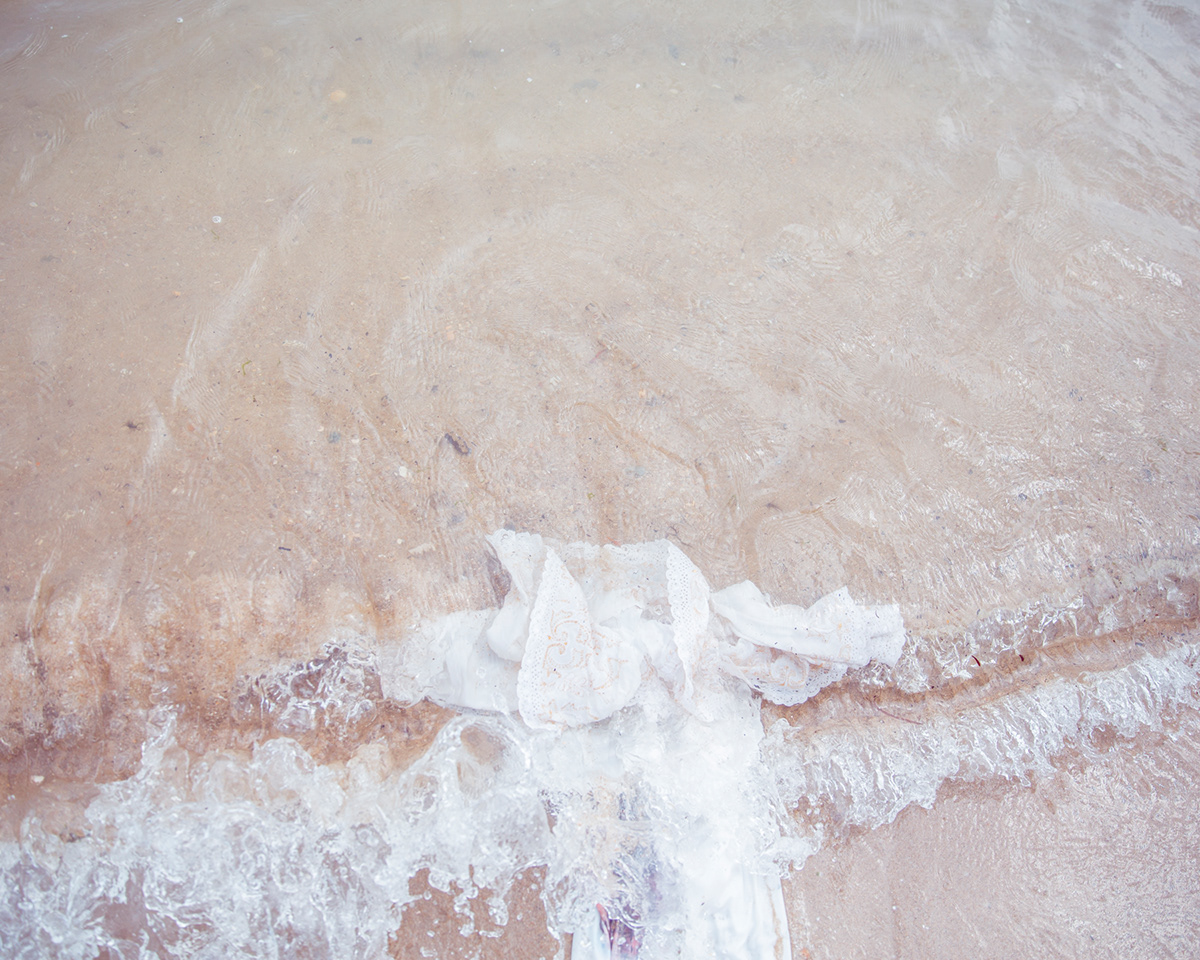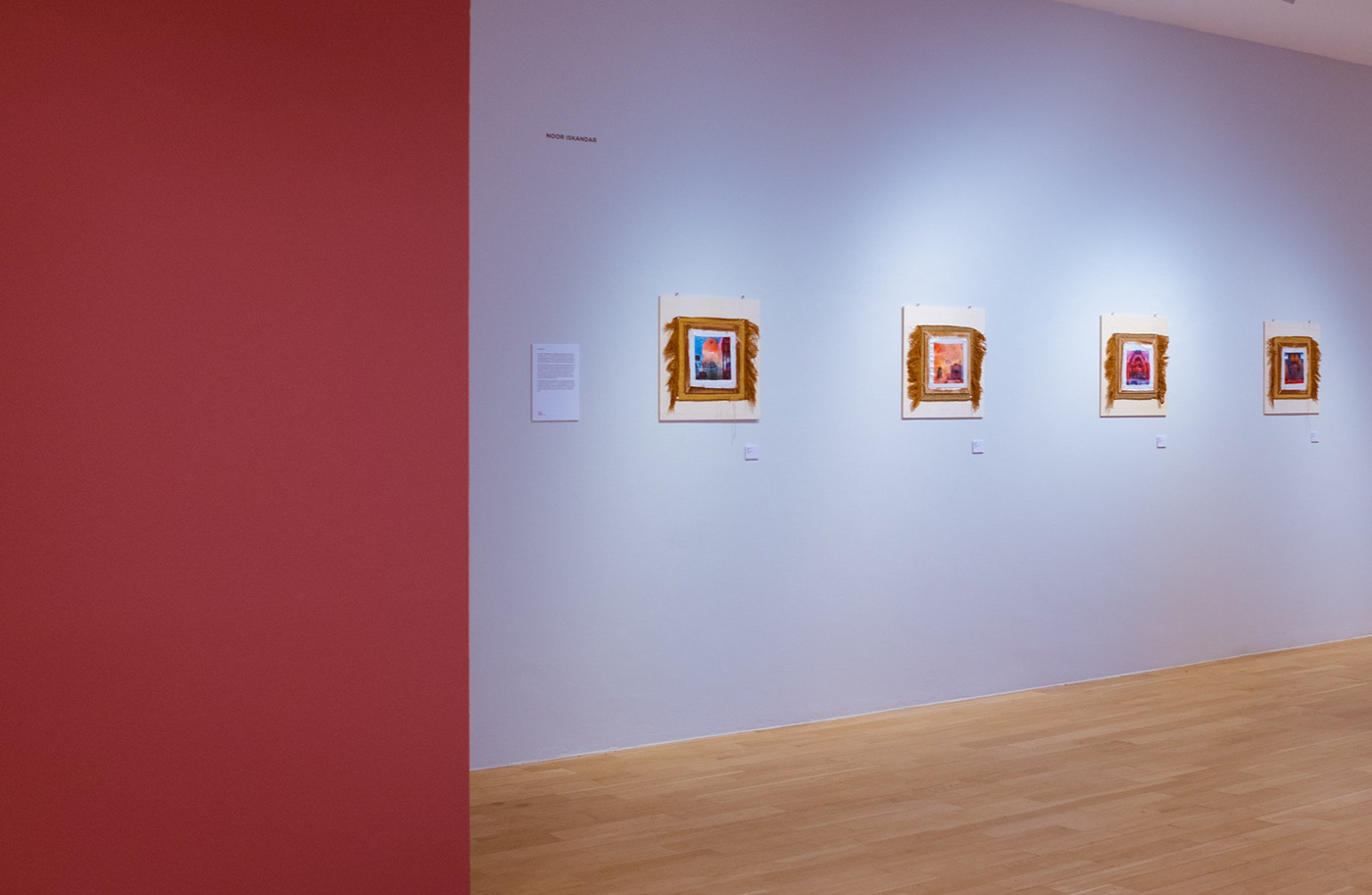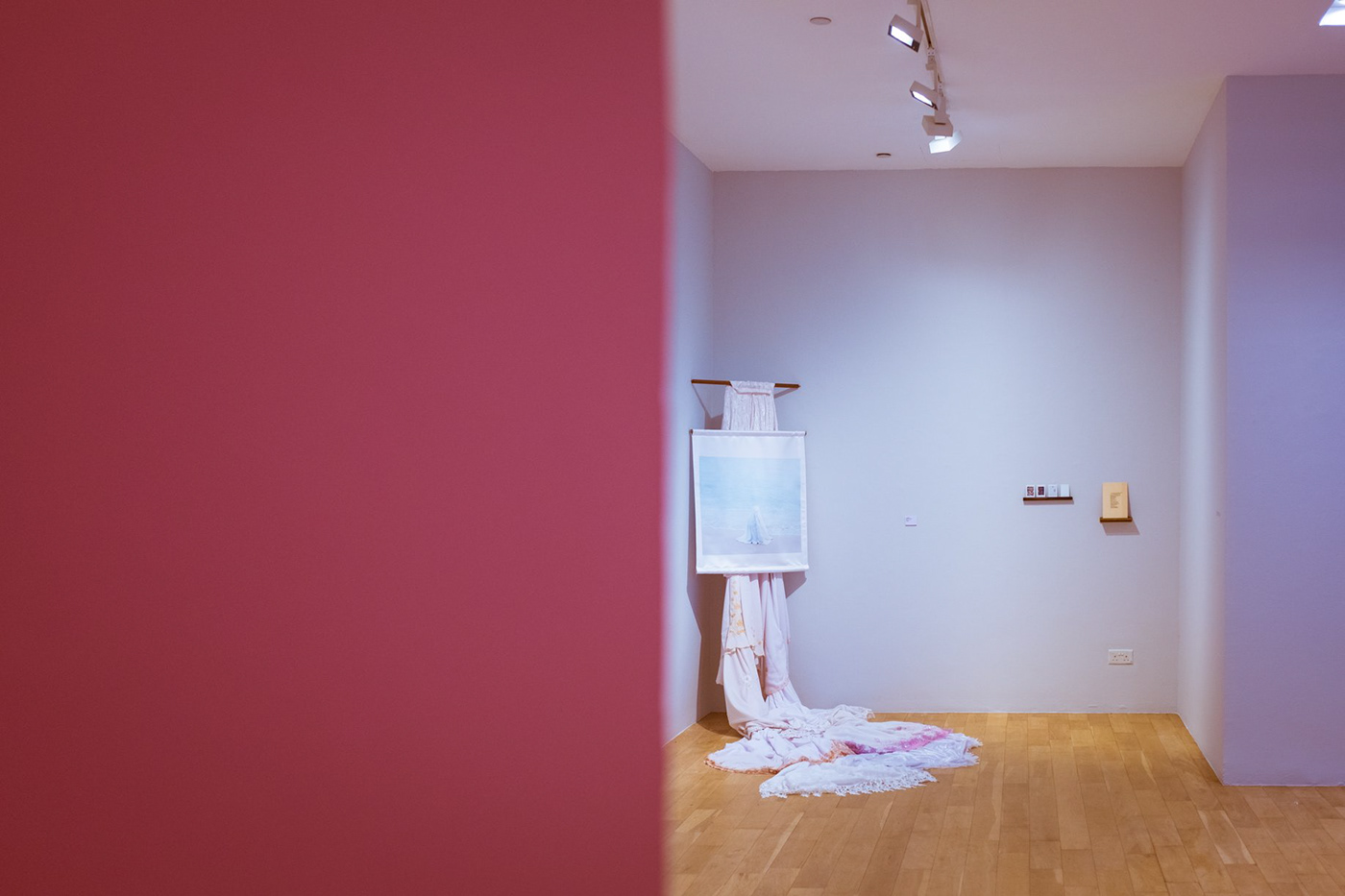In 2015, I began my Masters in Arts Research dissertation at the School of Art, Design and Media. Previously, my works have always celebrated these terrains of the unseen, the dance of formlessness in visual culture especially with regard to spirituality. I was intrigued by possibilities of "un-mosquing" the mosque into a placeless entity.
Within the same departures, I embarked on this research inquiry after feeling a certain kind of void, a spiritual and aesthetical dissonance when I encountered mosque spaces in Singapore. Especially when looking at the evolution of mosque spaces here governed by political undercurrents, I attempted to reconcile the beauty in such encounters of losing. The thesis entitled The Art of ‘None to Nur’: Meditating loss in relation to Islamic aesthetics and spirituality within mosque spaces in contemporary Singapore was under the supervision of Dr Gül İnanç.
Through an autoethnographic practice-led research, I weaved out Sufistic frameworks on loss and death as celebrated notions in an attempt to reclaim Light This process goes hand in hand with artmarking, especially in terms of image archival and experimentations to tease out beauty, as Art becomes a metaphorical means of light.
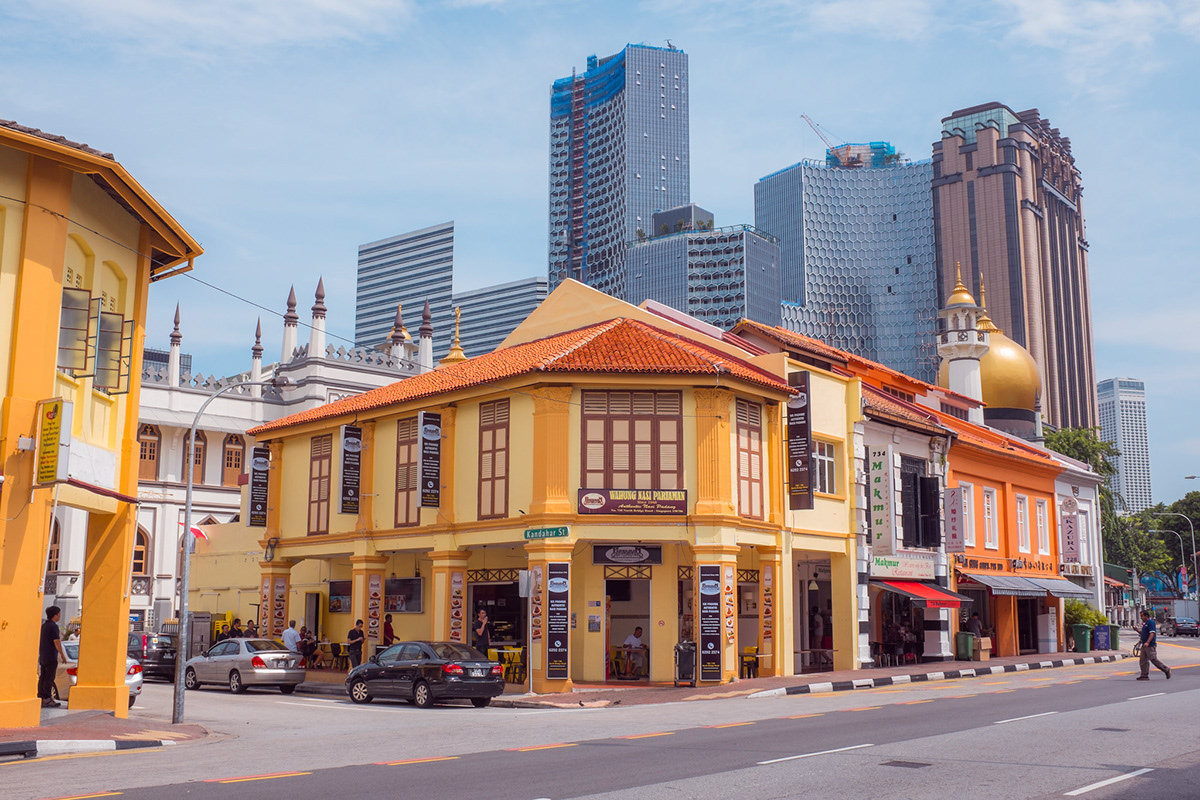
The reflexive research oscillates between sentient experience and theoretical analysis, attempting to unravel the potential connection of all these threads; loss, light, prayers, beauty, ala a cartographic mapping. The chief purpose of the research is to reelect the dialectic between loss and Islamic art aesthetics as well as spirituality through both analytical and creative processes. Neither intended as a discussion of mosque architectural or theological history nor an investigation of the psychology behind losing, instead the research strives to meditate and mediate loss from the perspective of Islamic Art and Image. Meditate signifies a rumination while mediate, a reconciliation of sorts. I am passionate to bridge this feeling of loss to unearth Art as Light.
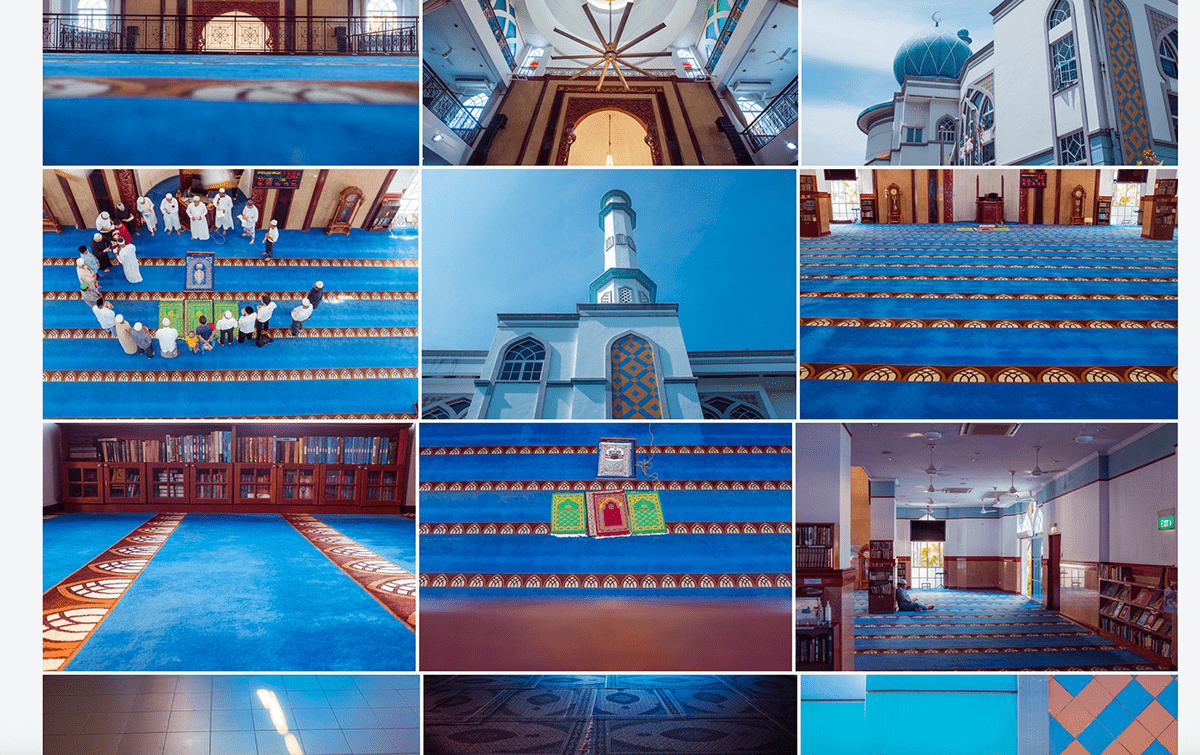
An image-based series birthed out of this performative research entitled Nur. Nur manifests in encounters that depart from the research inquiries. The particular iteration in 2019 extracted the strands of the mosque existing within the body of worship. The installation culminates the dissipation of the forms of mosque, where the space transforms into an abstract visualisation, left to be embodied, to fill/feel the void.
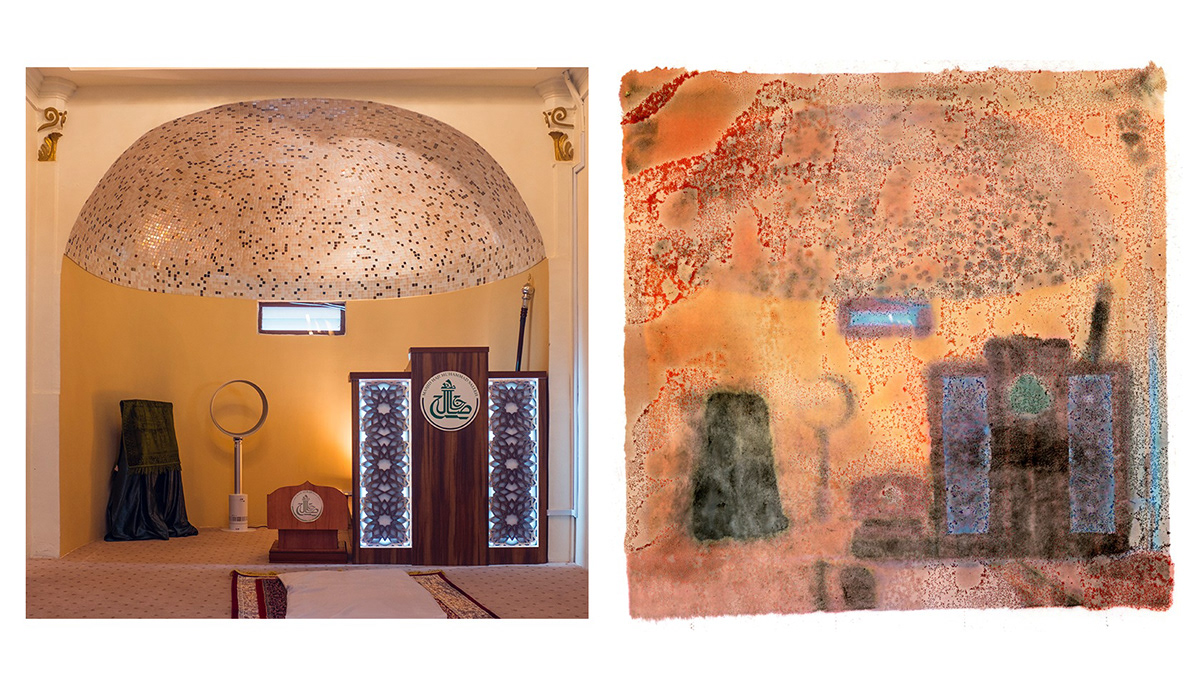
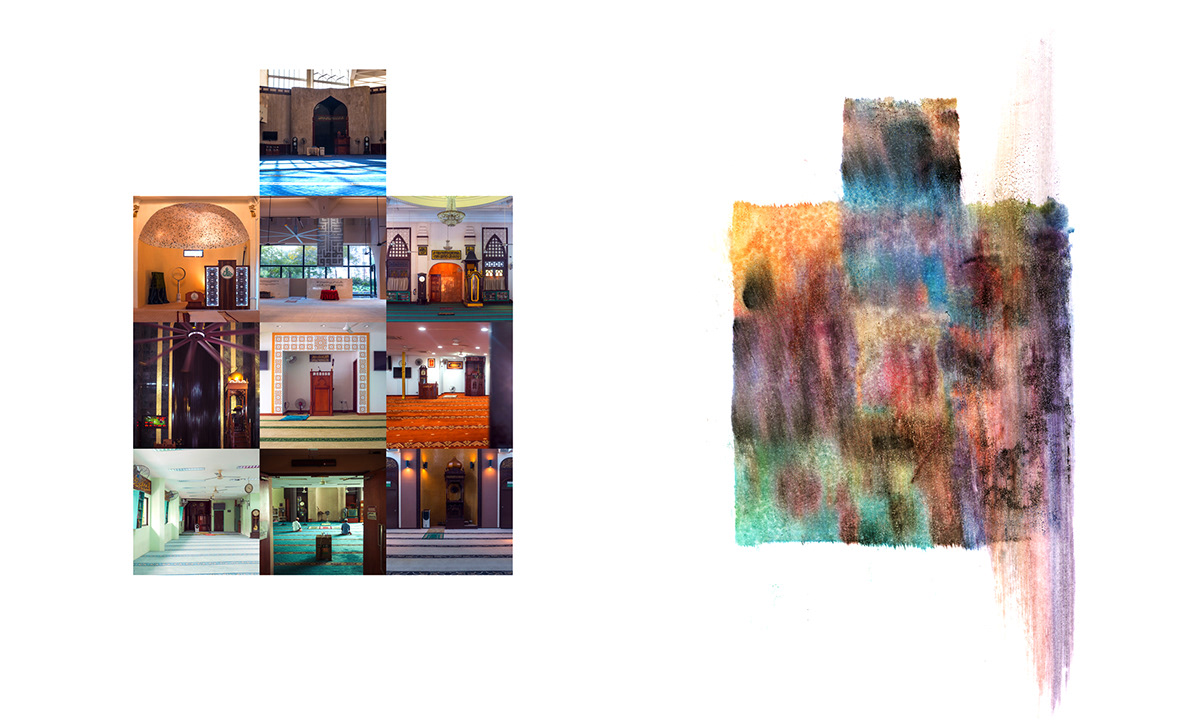


Conversations on mosques aesthetics, the agency of poetics in understanding key challenges as well as vocality of the Self within these tracks are still much an anomaly. Such can be attributed to the lack of regard of art education in the knowledge capacity of the community members. A cursory search of madrasah (religious schools) syllabus has shown the absence of art as a subject on its own merit or the introduction of Islamic aesthetics and architecture as well as their roles in Islamic civilisation. The dearth in such exposure institutionalised a negation of art as an irrelevant subject in understanding Islam. Especially in the time of voracious spiritual stigma today, having this perception limits one’s rekindling into the poetics of religious consciousness.
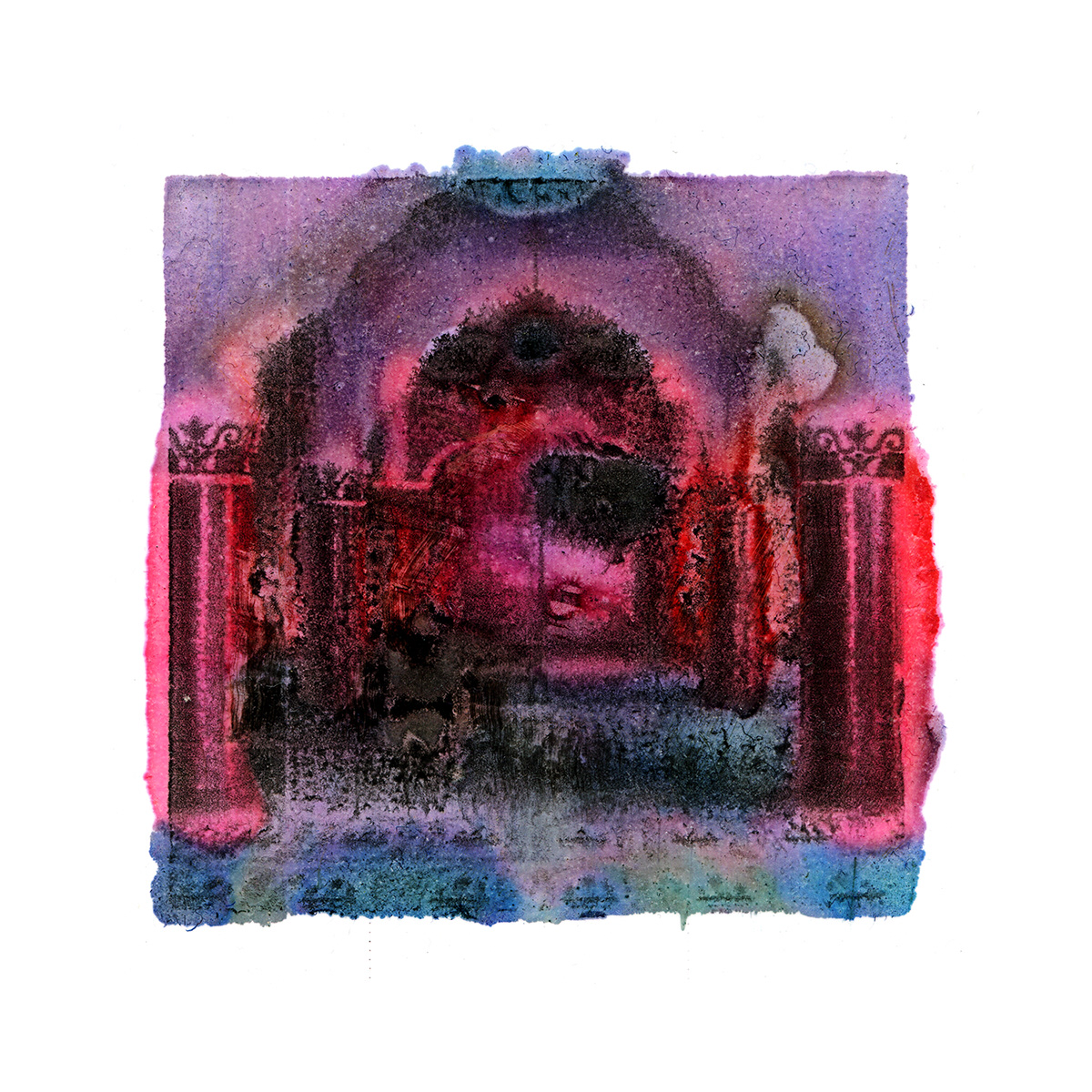
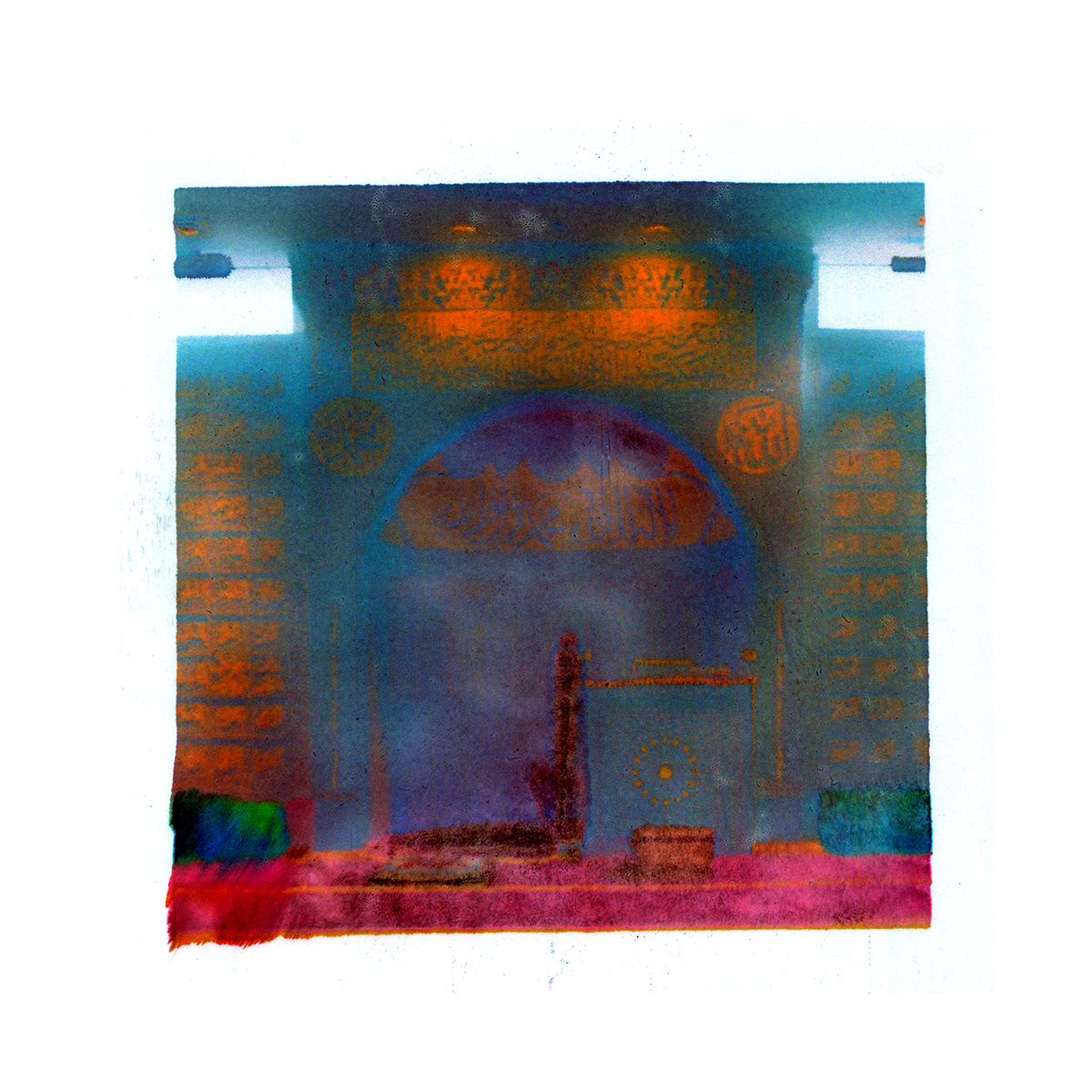
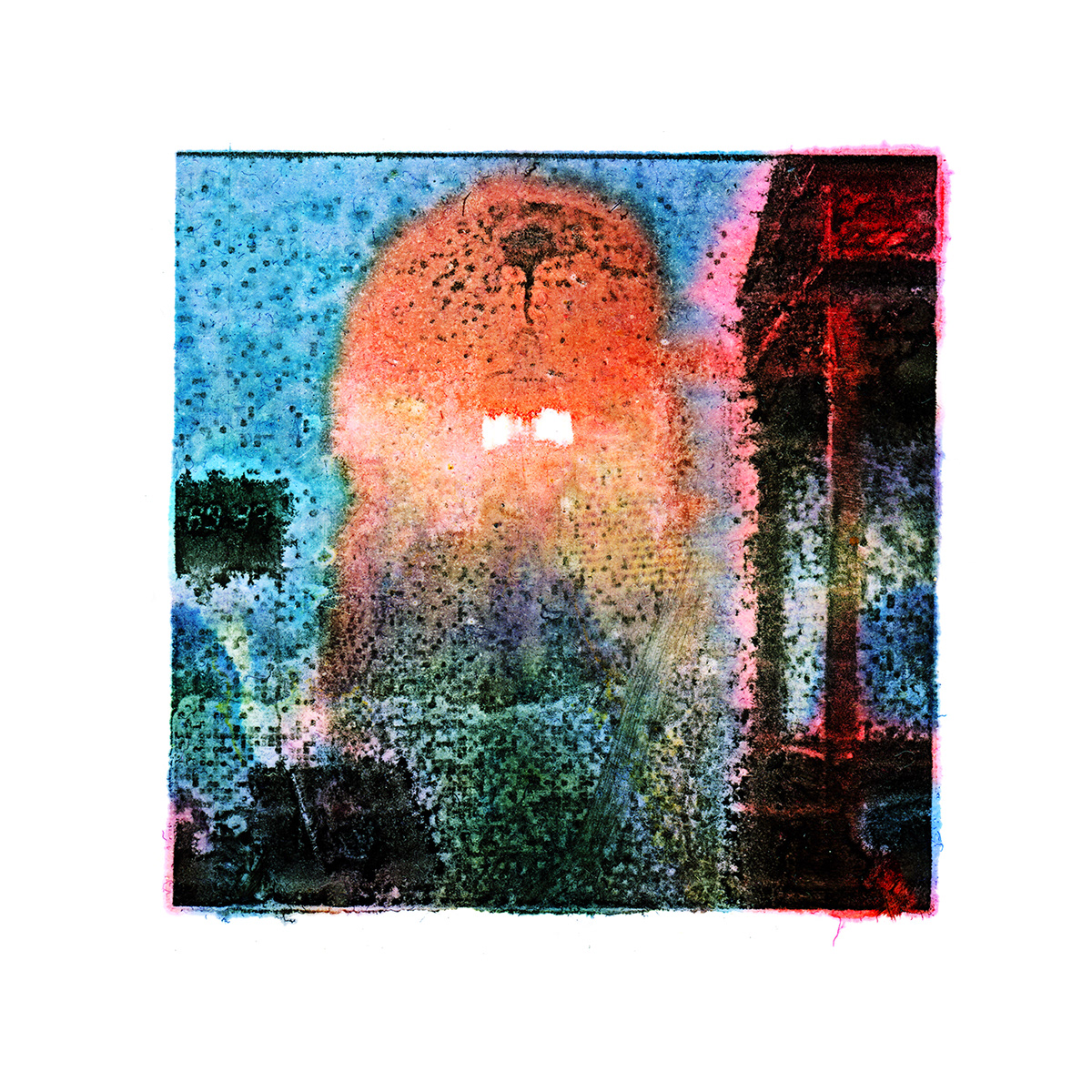
We learnt that what we are being confronted by is not a cul-de-sacs of contemporary crisis but instead a crossroad— to see change as an impediment for heritage or change as a natural order of identity and it is up to the human psyche to deliberate within this despair. The need to use research as a discovery of wisdom behind losing means we can feel responsibly and rationally; to decipher what we are losing, what led us here to the status quo, how much more of something we can live with and how less we can live without. The thesis is not to prescribe or resolve or even command any which way of seeing—instead it proposes a re-search into the meanings and inner faculties of the soul (jiwa) and spirit (ruh).



Another vital finding of this research is perceiving loss as mediating agent in erasing engendered divisions and segmentations. Can we then use art practice and humanities research as a tool of public knowledge to promote peace and neutrality in the aftermath of catastrophic events plaguing the world? With the ongoing iconoclastic mission of the Islamic State that logs head with cultural artefacts, UNESCO’s bid to conserve and the large-scale displacement of human population in the refugee crisis, perhaps the fluidity of the center can be re-assessed with regard to visual culture and ways of re-coding meanings.
One can also yearn that the margins of Islamic experience can position itself as valuable in the understanding of heritage / conservation studies. One definite way is to see the aesthetics and sensations of the mosque ecosystem as Intangible Cultural Heritage as purported by the National Heritage Board, where new focus in policy-making and tailoring can be modelled after these new ways of seeing and feeling. This can hopefully encourage concerning bodies like Muis to augment the aesthetic experience, awareness and knowability for the future generation of worshipper.
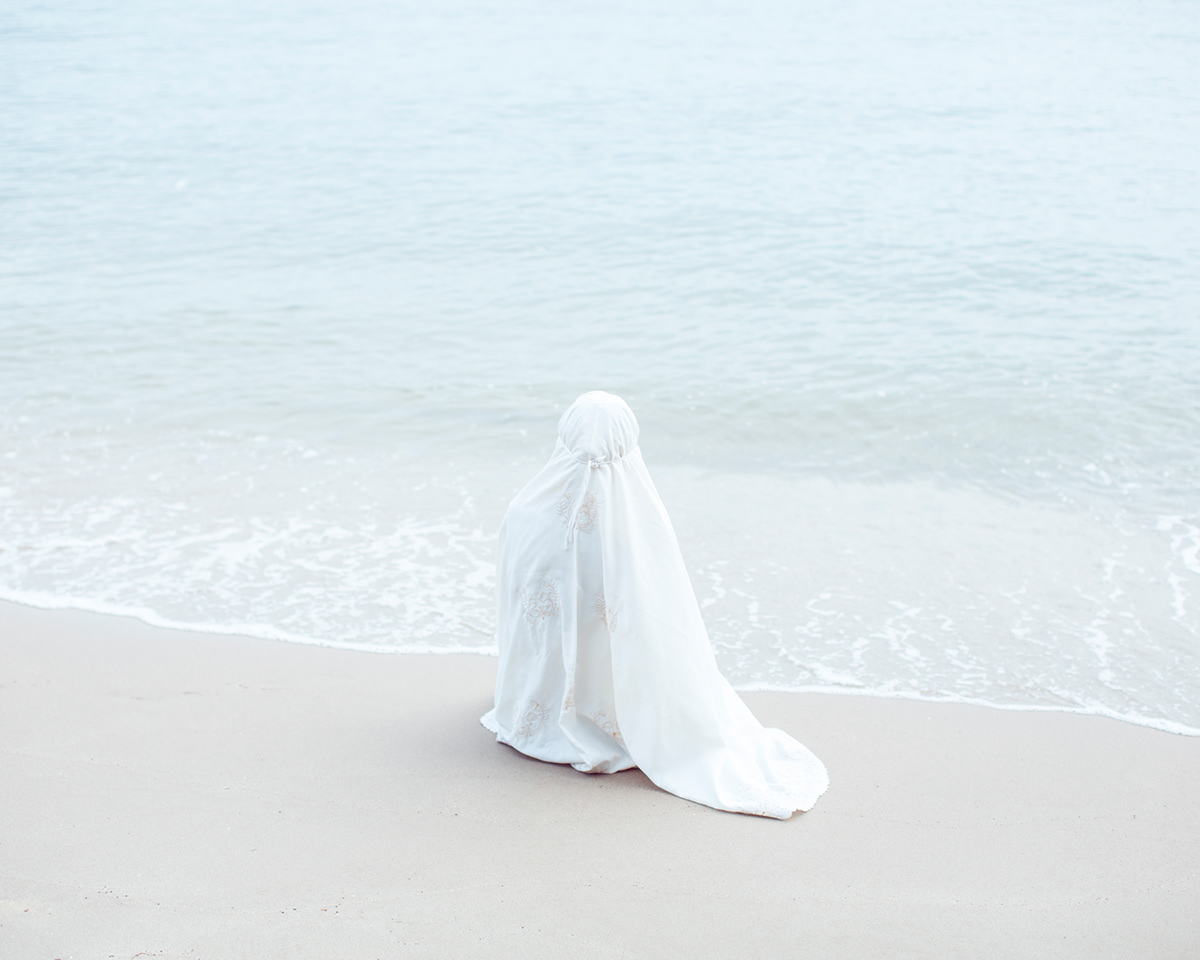
If you told me that the House of God
exists in the heart of the lover,
then let me rearrange my veil
like petals for your feet to kiss
and let me stand
before this shore
like a minaret,
Manara, lost at sea
lighthouse to the
sunken mihrab, let me
womb these tombs and
remain the forgotten calls
and silenced walls,
all of wounds
so all I could ever be
is all of Nur within you.
-
